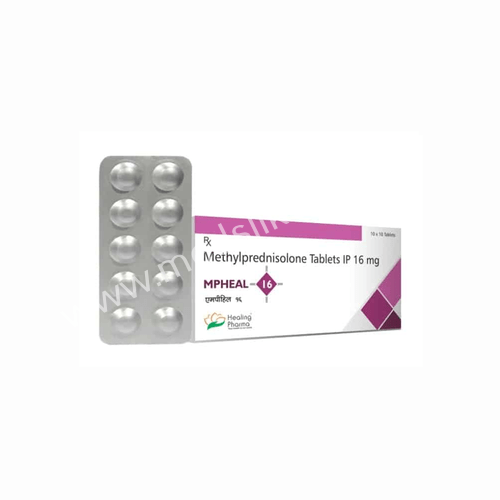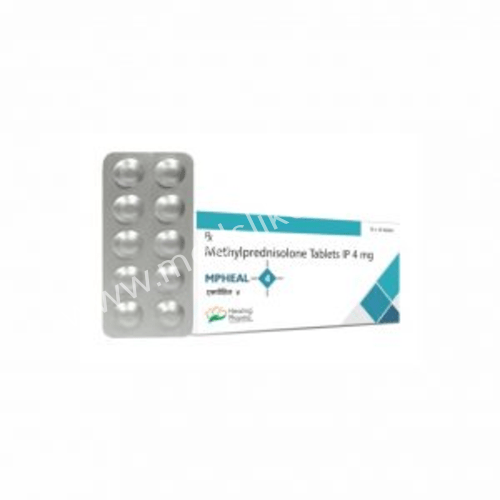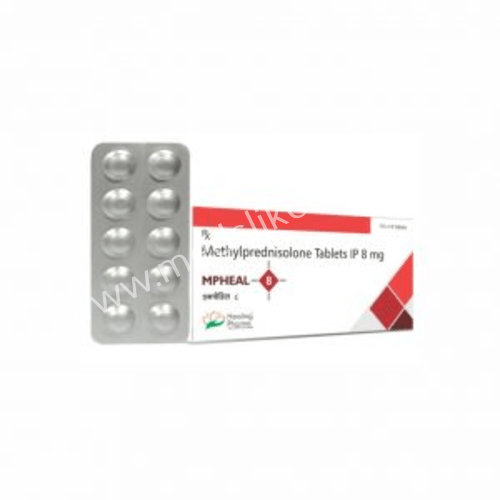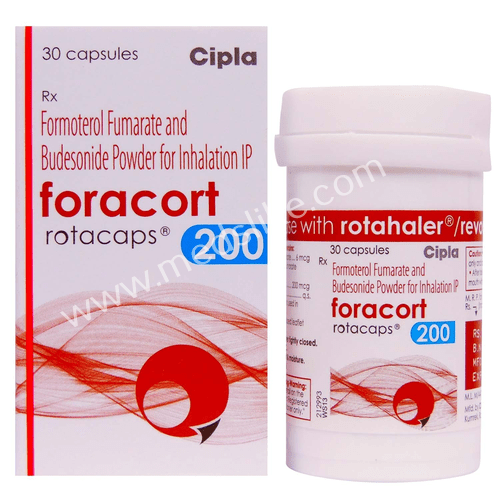Factors
The airway responds to the following stimuli as a result of a combination of genetic and environmental factors.
The Most Common Triggers:
- Airborne particulates, including pollen, dust, spores, pet dander, and cockroach excreta
- Respiratory infections, including the common cold
- Asthma that is induced by physical activity
- Air that is cold
- Air contaminants and irritants, including smoke
- Specific medications, such as aspirin, ibuprofen (Advil, Motrin IB, and others), and naproxen (Aleve), include beta-blockers.
- Stress and intense emotions
- Certain food items, particularly those that are pre-packaged, contain sulphites and preservatives.
- Gastroesophageal reflux disease (GERD), a condition in which stomach acids reflux into the esophagus
- Daily domestic dust, such as the dust from a long-standing bookshelf or chili powder in the kitchen, can induce an asthma attack.
Pathophysiology:
- The immune system promptly deports all of its soldiers in the form of cells, enzymes, and fluids during acute and chronic inflammatory responses. The site of inflammation is the destination of all mediators.
- Bronchial smooth muscle contraction: As part of the primary immune response, the bronchial tree is constricted to prevent the entrance of additional dust particles. However, in the case of asthma, it is an exaggerated response to a trivial particle or, in some cases, nothing at all.
- Epithelial damage: the inflammatory reaction causes injury to the alveolar epithelium and the bronchial tree epithelium. The epithelium is a collection of cells that line the walls of these structures.
- Airway remodeling: the long-term remodeling of the airway, which results in a reduced airway diameter, is the result of these changes occurring multiple times.
Symptoms and Signs:
- A cough that is more severe at night or in the early morning
- Wheezing
- Shortness of breath
- Chest tightness
- Nocturnal awakening
- Symptoms are episodic and seasonal
- As previously mentioned, asthma triggers exacerbate or initiate the symptoms
- Additional medical history, including gastroesophageal reflux disease, sinusitis, rhinitis, postnasal drip, aspirin sensitivity, family history of atopy, or prior asthma treatment
The doctor would be able to detect the wheezing and protracted expiratory phase during the examination. Atopy, tachypnoea, or accessory muscle use may be observed.
Asthma Diagnosis:
- Eosinophilia may be detected through a complete blood count.
- Serum IgE levels may be elevated.
- Allergy skin testing and allergen-specific IgE.
- Chest radiography.
- Pulmonary function tests demonstrating a reduced forced expiratory volume and peak expiratory flow rate.
The most recent information regarding asthma phenotypes is as follows:
- Allergic asthma is a condition that manifests during infancy. The patient also exhibits other allergy-related symptoms, such as allergic rhinitis, eczema, and food allergies. The sputum examination of these patients would demonstrate an elevated count of eosinophils, a type of white blood cell that is implicated in allergic conditions.
- Nonallergic asthma: These patients will not exhibit any allergic symptoms, and their blood work will not reveal any allergic parameters.
- Late-onset asthma is a common condition among adult females and is typically non-allergic in origin.
- Asthma with fixed airflow limitation – This phenotype is defined as the development of airflow limitation in a long-standing asthma patient as a result of airway remodeling, as evidenced by lung function tests.
- Obesity-associated asthma: These patients exhibit significant airway symptoms in spite of an insufficient inflammatory response.
Asthma Management:
The objectives of therapy are as follows:
- To alleviate symptoms
- Reduce the restriction of physical activity
- To enhance lung function
- Reduce the number of acute exacerbations and emergency visits
- To personalize medications and mitigate adverse effects
Step-by-Step Management of Asthma:
Treatment is initiated for patients based on their severity. Then, patients are reassessed after 2-3 weeks, and the treatment grade is either increased or decreased in accordance with the need.
Step 1: Intermittent Asthma
- Salbutamol puffs are the sole rescue therapy.
- If puffs are required to be used more than twice in a single week, proceed to step 2.
Step 2: Mild Persistent Asthma
- Long-acting beta agonists in conjunction with a low-dose inhaled steroid
Step 3: Moderate Persistent Asthma
- Moderate dose inhaled steroids in combination with long-acting beta agonists or moderate dose inhaled steroids in combination with leukotriene inhibitors
Step 4: Severe Persistent Asthma
- High-dose inhaled steroids, long-acting beta-2 agonists, and oral steroids.
Frequently Used Medications:
- Beta-agonists: salbutamol, formoterol, bambuterol
- Bronchodilators: Deri Phyl ENE
- Inhaled corticosteroids such as betamethasone
- Leukotriene modulators such as montelukast and zafirlukast
- Monoclonal anti-IgE antibodies such as infliximab and adalimumab
Drug-Related Side Effects:
Beta agonists can induce tremors, palpitations, and sudden hypokalemia, which can lead to significant cardiac complications and even mortality if not closely monitored. Therefore, in the event that you experience these symptoms, it is important to consult with your physician. The recommended alternative is to either reduce the dosage or modify the medication.
Oral or submucosal candidiasis is induced by steroids. To prevent local infections, it is important to maintain excellent oral hygiene and gargle with salt water on a daily basis. In the long term, steroids can result in a variety of adverse effects, including sodium and water retention, steroid-induced psychosis, the development of diabetes, and hypertension.
Difficulties:
- Acute exacerbations of asthma are an acute emergency condition.
- The severity of asthma changes during pregnancy, necessitating medication that is customized to the individual.
- A detailed history of occupational exposure is required for occupational asthma.
Myths and Reality
- Myth: Asthma is the result of any wheezing.
- Reality: asthma is not present in all individuals who experience wheezing. Diverse differential diagnoses must be assessed.
- Myth: Respiratory distress is the primary cause of death for asthma patients.
- Fact: Asthma is a highly treatable condition, and the incidence of fatalities is relatively low.
- Myth: The use of metered dose inhalers can result in severe, unintended complications.
- Fact: Metered dose inhalers are a highly effective method of asthma treatment.
- Myth: Exercise is not recommended for asthma patients.
- Fact: While exercise may induce asthma, it is not always a contraindication in asthma.
Differential Diagnosis:
- Upper airway obstruction caused by tumors, epiglottitis/vocal cord dysfunction, obstructive sleep apnoea, and other conditions
- Lower airway diseases such as allergic bronchopulmonary aspergillosis, alpha1 antitrypsin deficiency, COPD, bronchiectasis, and cystic fibrosis
- Localized airway obstruction caused by foreign bodies
- Other medical conditions, such as cardiac failure and hypersensitivity reactions.
Preventative measures:
- Identify the triggers and prevent exposure to them.
- Use the regular medications as prescribed to prevent exacerbations.
- Patient education












